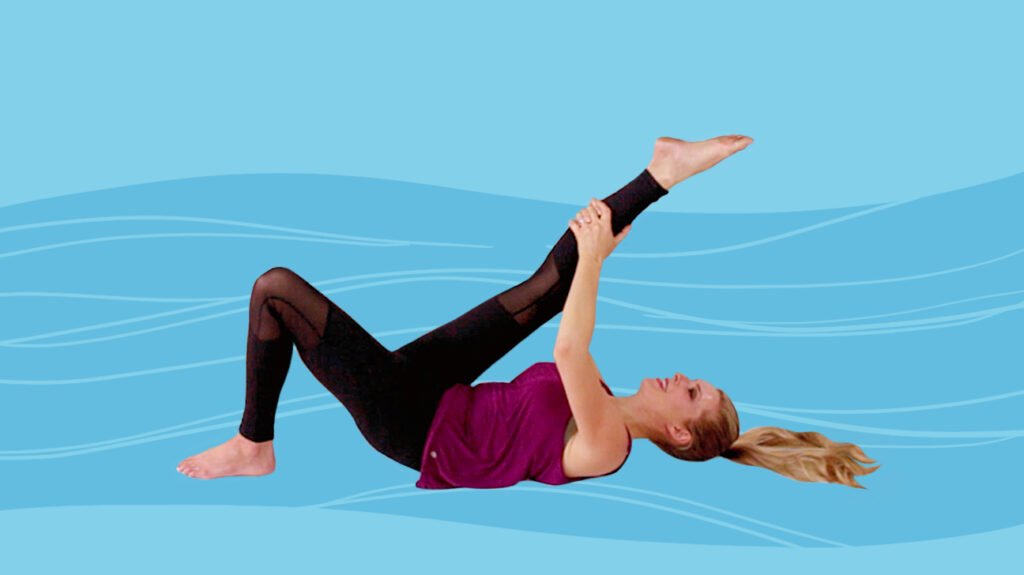4 things breasts can reveal about your hormonal health

Closeup cropped portrait young woman with breast pain touching chest colored isolated on blue background
Breast pain, change in size and shape, along with other factors, can give us some clues about our hormonal health. You must bear in mind that both the shape, size and tonicity of the breasts change in the course of life, and to a lesser degree during the period of months. However, there is a great connection between the signals that your breasts present and your hormones.

Table of Contents
What your breasts can reveal about your hormonal health?
Here you can know four things that you should take into account when evaluating the signs that the breasts present and how you can improve your health, even preventing the appearance of breast cancer.
1. Breast pain says a lot about your hormones.
You may experience breast swelling and discomfort during the menstrual period, while other women may have very different warning signs during the menstrual cycle. However, a very important factor to keep in mind is that when and where you feel pain can tell a lot about your hormones.
According to a researcher premenstrual breast tenderness, experienced on the sides of the breasts, just below the armpits, may suggest that ovulation occurred during that cycle. If breast pain occurs in the front and over the nipples, this may suggest increased estrogen levels before a period.
One study suggests that breast pain may be caused by a decreased ratio of progesterone to estrogen in the second half of the menstrual cycle. For accurate vision, you could take a blood test to measure estrogen levels.
2. Are you still in pain throughout the month? Check your bra.
A survey conducted in 2013 reported that a third of women who ran marathon experienced sore breasts during the event from wearing too tight bras.
According to statistics, 50 percent of women attribute the pain to the menstrual cycle, almost 30 percent say that only sometimes this is the cause. Another 12 percent said hormonal factors made their breast pain worse, and one in seven said exercise made symptoms worse.
3. Reduction of breast size.
The breasts are masses essentially made up of glandular tissue, supporting tissue, and fat cells. As a result, they are very sensitive to any changes in hormone levels, particularly estrogens and progesterone. For this reason, the breasts swell during pregnancy, from the use of the contraceptive pill or before the period.
Since estrogen levels tend to drop during menopause, you will see the opposite happening. Another reason for reducing breast size is simply weight loss, since after all, fat cells are not always reduced in everywhere equally.
4. Change in the shape of the breasts.
DNA is in charge of the shape of the breasts, however, over time they can change their appearance. One of these factors is the woman’s age and breastfeeding history, where there may be a loss of elasticity in the skin due to the rupture of some connective tissues or the stretching of the ligaments.
In such a case, where there is a loss of elasticity, properly chosen bras may be the best solution to fight against the effects of gravity.
Another cause of the change in the shape of the breasts, can reveal that we present drastic weight changes and fluctuations, the so-called rebound effects, which make us regain the lost weight, this can cause damage to the appearance of the breast. The change in volume can also reveal hormonal fluctuations, more precisely, the increase in estrogens in women.
Improve your rest to prevent breast cancer.
Low levels of melatonin (a hormone released during nighttime rest) may be associated with an increased risk of breast cancer. A study conducted in 2013 found that those women who work long-term night shifts (30 years or more) can multiply their risk factor.
Another study also found that the risk of developing breast cancer was higher in women who worked nights compared to women who did not. Drinking alcohol is another enemy of the breasts.
More than four drinks of alcohol per week increases the risk of breast cancer and breast cancer recurrence. The risk is especially high when several drinks are consumed at the same time.
You can add foods to your diet that help counteract the risk of breast cancer, for example, foods that contain phytochemicals are highly recommended.
The preparation of rich salads or green drinks, with ingredients such as cabbage, spirulina, turmeric, red onion, broccoli, will give color to your dishes and help you prevent breast cancer.


